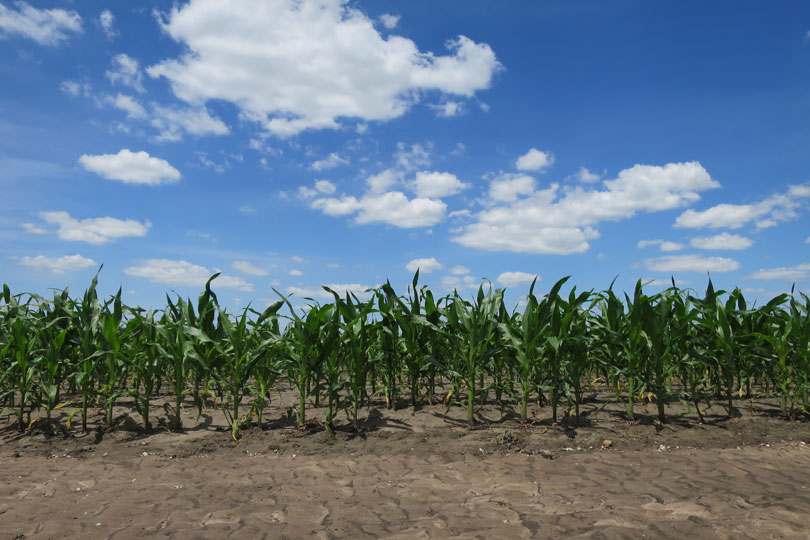By Jessica Domel
Multimedia Reporter
The U.S. Department of Agriculture is predicting the third lowest net farm income seen over the last decade, but changes in the United States’ relationships with trade partners could alter that.
Net farm income is projected to increase about 10 percent this year to $69.4 billion, slightly higher than 2018.
“I think at this point in time, 2019 looks to be a whole lot like 2018 and a lot like 2016,” Dr. John Newton, chief economist for the American Farm Bureau Federation, said in an interview with the Texas Farm Bureau Radio Network. “Net farm income is projected to be around $70 billion. I’m ranking it among one of the lowest net farm incomes that we’ve seen in quite a while.”
Adjusted for inflation, if realized, this year’s net farm income would be in the bottom 25 percent of net farm incomes recorded.
Farm debt is forecast to increase nearly $430 billion, up around 50 percent over the last decade.
“If you adjust for inflation, we haven’t seen debt levels like that since the 1980s,” Newton said.
The debt-to-asset ratio is frequently used as an indicator of the health of the farm economy. This year, it’s forecast at 13.9 percent.
“That would be the seventh consecutive year of the debt-to-asset ratio rising, and that reflects the record high farm debt that we have in nominal dollars,” Newton said. “It also reflects the large asset value in agriculture of nearly $3 trillion.”
Current trade tensions are taking a toll on the farm economy and will likely continue to do so.
“I think many people expected that, given the tariff situation that we’re currently facing,” Newton said. “Even if we get a deal with the Chinese in the coming months, that doesn’t necessarily mean the tariffs have been removed.”
U.S. steel and aluminum tariffs and retaliatory tariffs from China, Mexico and Canada continue to weigh on prices.
If Congress signs the U.S.-Mexico-Canada Agreement and it goes into effect, it will provide more market access for U.S. agriculture–especially the dairy and poultry industries and wheat growers.
“It also proves the administration and Congress can get a deal done and across the finish line,” Newton said. “That goes a long way to restore the confidence in American businesses, farmers and ranchers to supply the Canadian and Mexican markets.”
Mexico and Canada are two of U.S. agriculture’s top trading partners, along with China.
“We also need to keep our eye on getting a free and fair trading agreement with China, making them play by the same rules as everyone else,” Newton said. “I think those things combined, as well as making sure that ag’s part of any negotiation with the European Union and (completing) a bilateral deal with Japan, will really improve the outlook for U.S. ag.”
The weather and how much farmers plant could also impact the farm economy.
“We don’t know what demand is going to look like, so this can get a lot better if demand increases, and we move more products and prices are higher,” Newton said.
The economy could also improve if we see returns to trend yields and we pull down some supplies.
“That’ll lead to higher prices, but it could certainly get worse, if we have another very large crop and ample supplies, and the demand is just not there in the export markets,” Newton said. “We could have some burdensome inventory levels to deal with in 2019.”

